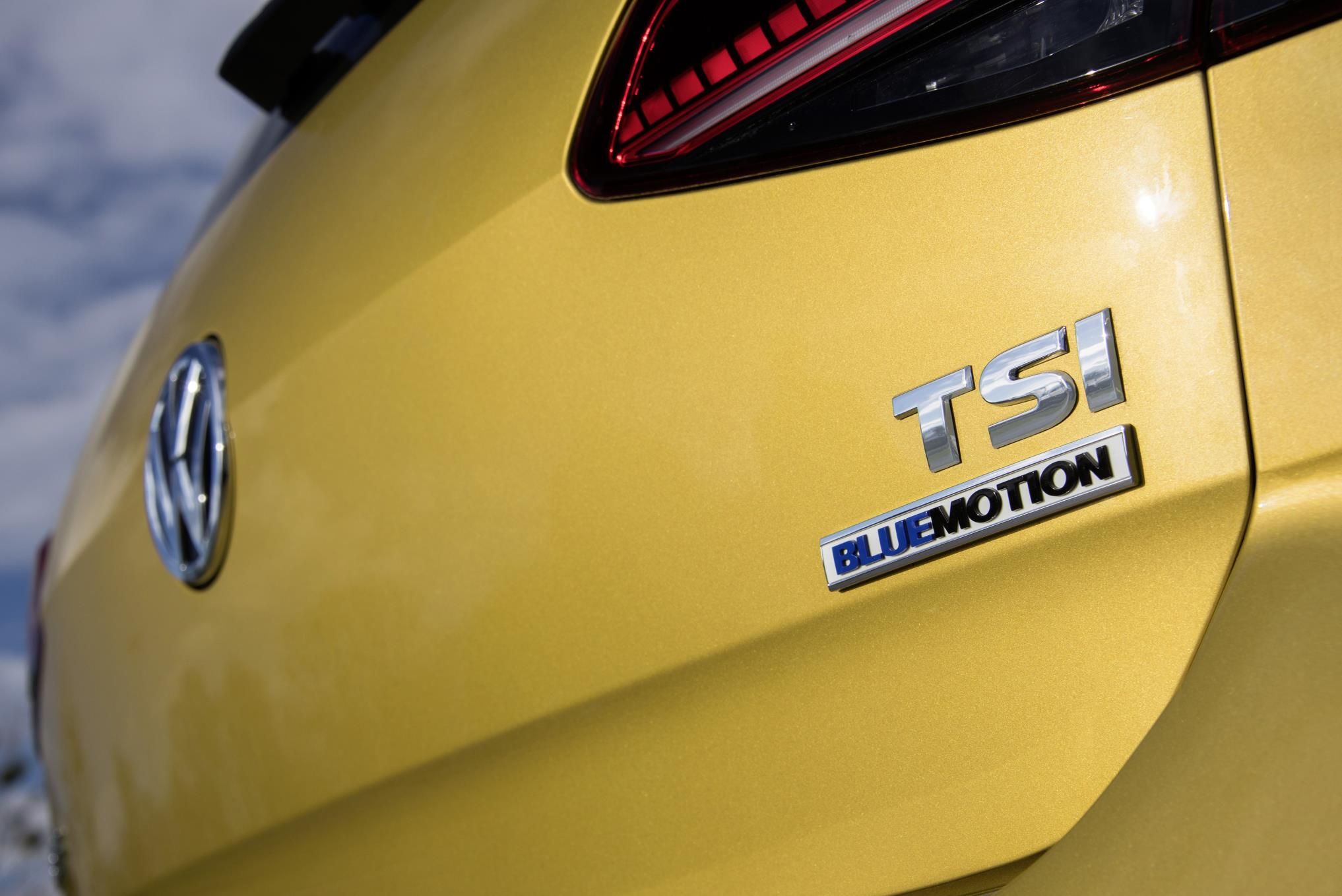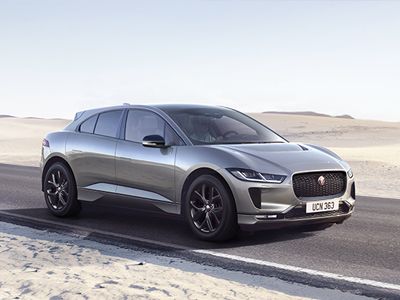What is torque?
- Torque is a measuring of twisting force
- It's measure in Newton metres - Nm
- The higher the Nm number, the greater the cars' pulling power
- Torque is what you need to start from stationary
- The more torque the easier it is to tow a caravan, trailer or horsebox

Why does a car need torque?
I like to keep life simple, so instead of using scientific jargon I’ll take everyday terms and examples to show what torque is and why you need it – and there’ll be something at the end which may surprise you.
An engine makes two forms of power, horsepower which is measured in bhp or PS, and torque. Typically bhp comes at higher revs and torque at lower ones, but of the two it’s torque, which for the majority of us, is far more useful.
Torque is what you need to get the car rolling from a standstill and if you’ve ever wondered why some drivers give the throttle a gentle blip as the lights turn from red to orange and they prepare for the green, that’s why. Taking the engine from idling to even say, 1,200 rpm gives you more torque which is what you want for the car to overcome its weight and start moving.
Let’s give you an example and take a couple of typical cars
A Fiat 500 MPW mini people carrier with a 1.4 petrol engine produces its maximum horsepower at 5,000 rpm, but full torque at half that, 2,500 rpm. A 1.4 petrol SEAT Ateca SUV gives max horsepower at 5,000 rpm, but peak torque at just 1,500.
Torque is what you need for a vehicle to pull itself against gravity when you go up a hill, or to overcome the weight of a few passengers or an unusually heavy load in the boot and if you tow a caravan, horsebox, boat or similar, then the more of it you have, the easier you’ll find driving. It’s that sense of strength you feel as the engine rumbles at low revs, but pulls the weight behind.
As a rule of thumb a bigger capacity engine with more cc produces more torque. The units for measuring torque are expressed as Nm (Newton metres) and if you go from a 1.6 diesel SEAT Ateca which has 250 Nm, to a 2.0 litre diesel, the torque jumps up to 340 Nm.
Without going into specifics about their different combustion processes, diesels are much better than petrol engines for torque which is why they’re so well suited to bigger, heavier cars – despite what the politicians may tell you!
A 1.6 diesel Golf has 260 Nm against the 200 Nm of the 1.5 petrol version and you’d definitely feel the difference.


Can I feel the torque working?
Going up a hill, perhaps fourth gear, instead of having to drop down to third and rev it (which drinks fuel), accelerating for an overtaking manoeuvre without needing to change down a gear or two and loping along at motorway speeds with the engine nice and relaxed. You’ll notice it too at the filling station, because a diesel needs far fewer revs to give you the power you want and that in itself, regardless of any other factor, will save you fuel.
A couple of things though are changing in the market thanks to technology. One is that a lot of the latest petrol engines have very small cubic capacity with a 1.0 litre engine becoming quite common these days, but often they're turbocharged. Turbocharging is a way of using the gases in the exhaust system to force the petrol/air mix into the engine at high pressure which liberates more power and most especially, more torque, and the best of them are little marvels.
One of the most outstanding of these little marvels is the 1.4 TSi used throughout the Volkswagen group which goes a stage further because it’s both turbocharged and supercharged.
The turbo needs the exhaust gases, so the more volume flowing through, the more basic energy it can use, but that needs revs; because the TSi is also supercharged this also forces the petrol/air mix in under pressure, but works in a different way and at much lower revs. The result is that the TSi gives you lots of torque and bhp across a much wider range, from the moment you start accelerating all the way through the mid speeds. It is very impressive.
So much so that in the International Engine of the Year awards the 1.4 TSi won the 1.0 to 1.4 litre category for every single year from when it was launched in 2006 – when it was also voted the overall winner, the best in the world - to 2014.
Since then class honours have gone to a similar design from Peugeot-Citroën whose little 1.2 is used from small hatchbacks up to big MPV like the Peugeot 5008 or Citroën C4 Grand SpaceTourer. So exceptionally good is this little unit, so capable at doing the job of powering cars from little hatchbacks to seven seaters that it’s been voted the class winner from 2015 to 2018 and there’s nothing to say it won’t win again next year.
Which engine delivers ultimate and effortless torque?
Well, here's the surprise; for ultimate torque you need a purely electrically driven car!
An electric motor generates a lot of torque and 100% of it comes instantly, from the moment the motor starts turning; which is one reason why electric cars and their acceleration times are causing supercar manufacturers a few sleepless nights!
